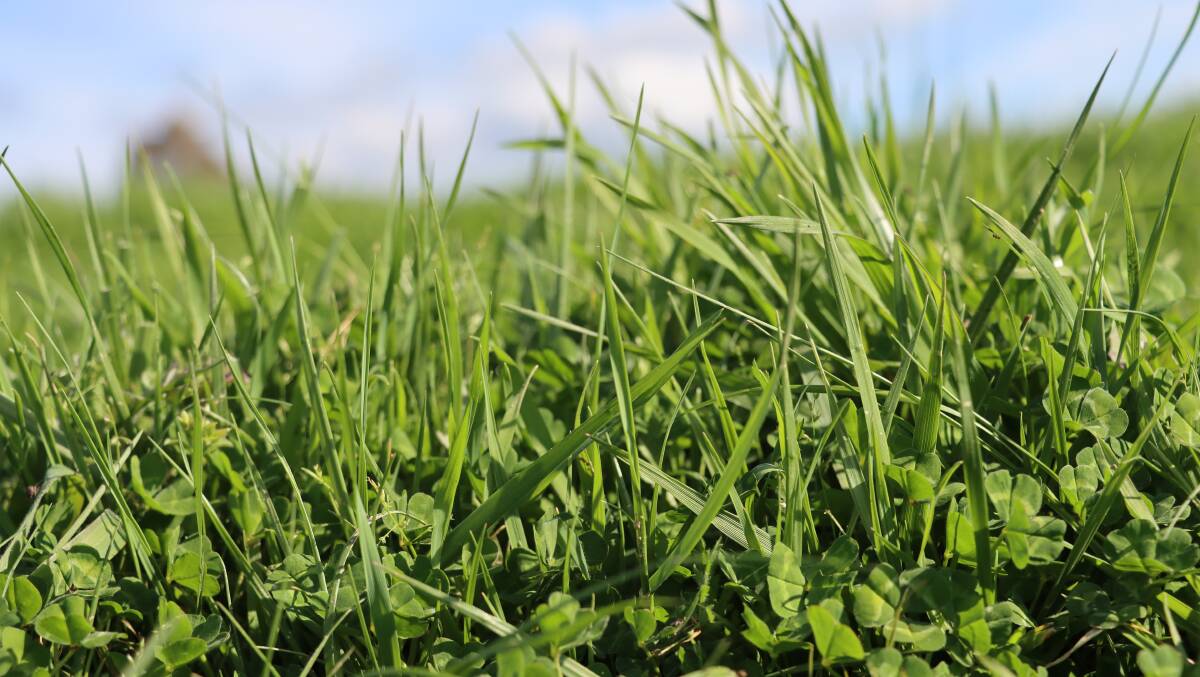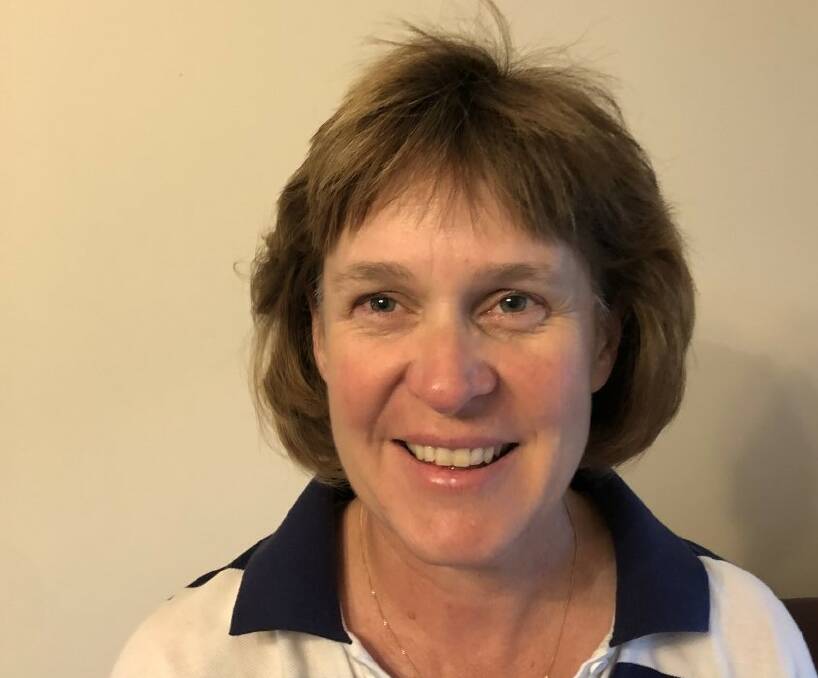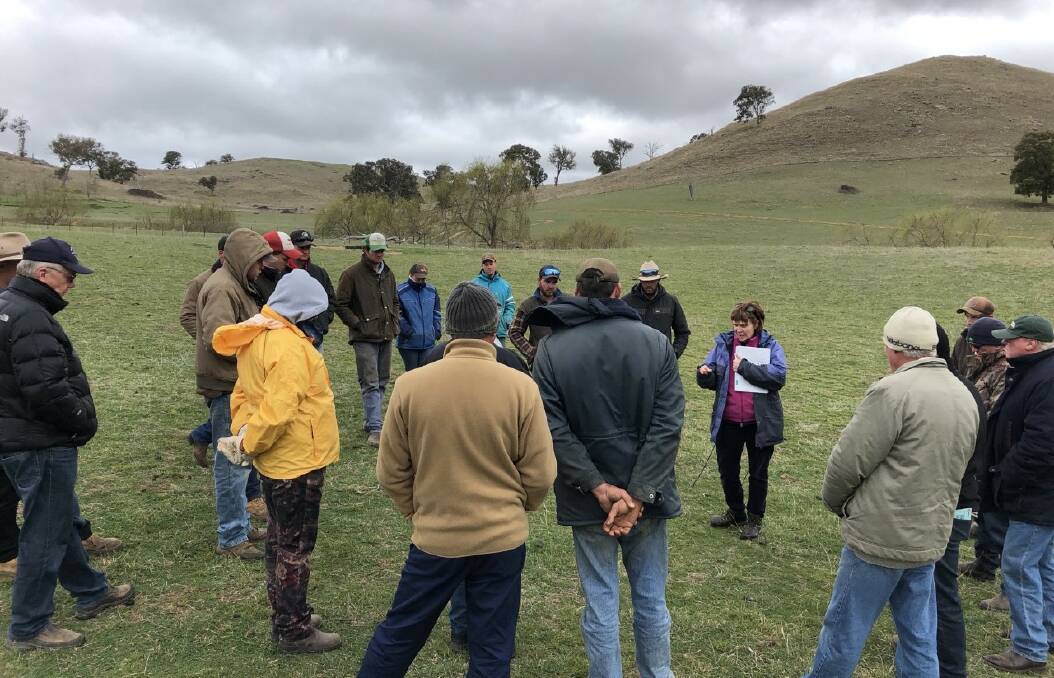
A total of 25 years of unbiased pasture soil fertility research involving NSW DPI, LLS and CSIRO has provided solid data for a successful southern NSW series of pasture improvement workshops.
Subscribe now for unlimited access to all our agricultural news
across the nation
or signup to continue reading
There were 230 landholders that attended the "Fertiliser Decision Making Workshops - Making a difference" with 99 percent of participants rating exceptional to good. 75 percent of participants said they would alter their fertiliser program for 2021 based on what they had learnt and 49 percent said they will adjust fertiliser rates while another 32% indicated they will change which paddocks are fertilised.
Leaders of the seminars were LLS Senior Agricultural advisors Fiona Leech, Yass, Matt Lieschke, Goulburn and Braidwood Agricultural advisor Ross Kuchel. Phil Graham also assisted. There were 750 soil tests, sampled from 0-10 cm topsoil layer, analysed from 180 properties involved in the Boorowa, Yass, Braidwood, Goulburn, Crookwell and Southern Highland regions.

One study, that used Southern Tablelands pasture soil deficiencies data and for defining appropriate fertiliser types and rates was the 6-year study led by Fiona Leech and published in CSIRO journal, Crop and Pasture Science, Volume 70 (12) 2019. Authors were Fiona Leech (previously NSW DPI), Dr. Alan Richardson CSIRO, Dr. Michael Kertesz University of Sydney, Beverley Orchard, formerly NSW DPI, Dr. Samiran Banerjee North Dakota State University, and Phillip Graham.
Key outcomes from this research, involving three sites on typically acidic soils naturally low in phosphorus and sulphur was large responses to fertiliser containing phosphorus and sulphur in readily available forms. Production gains from legume sub clover were several hundred percent plus building of soil nitrogen for native and naturalised grasses.
A major aspect of this research assessed a wide range of products marketed as alternatives to superphosphate. These included manures, composts, compost tea extract plus molasses and liquid fish, crushed rock, rock-phosphate-derived, concentrated ash and microbial products as well as nil fertiliser as a control. Over the six years responses were consistent and largely reflected a products ability to supply available phosphorus and sulphur, similar to previous documented independent research. Superphosphate was the most cost-effective product. Also its effect on soil quality aspects like microbes were no different to other products.

CSIRO research has largely defined levels of soil phosphorus needed for legumes like sub clover to perform at their maximum or close to their maximum production. For example Colwell soil phosphorus test targets around 30 mg/kg on moderately low phosphorus buffering index soils (like much of the tableland and other areas) for good sub clover productivity.
Landholders are shown how to match stocking rate to soil phosphorus (P) levels for sustainable and profitable production as well as the approach required to maintain and/or build soil P levels. The practice of building and maintaining P has been closely researched in two trials local to the South East region and are highlighted throughout the course.
Fiona Leech reports the workshops emphasised the 'Five Easy Steps' program, built on extensive scientifically conducted trial work over a 50 year period, from a national data set of around 650 pasture fertiliser experiments, as an appropriate way for devising individual property pasture fertiliser programs.
Step 1 involves soil testing to establish paddock fertiliser needs and priorities. Step 2 is establishing stocking rate appropriate for current and projected soil fertility levels. Step 3 is determining phosphorus application rates and Step 4 is budget analysis of projected fertiliser programs. Step 5 involves assessing other considerations. The 'Five Easy Steps' phosphorus fertiliser decision making tool is readily available (free of charge) on the MLA website https://www.mla.com.au/extension-training-and-tools/tools-calculators/phosphorus-tool/.
For more information contact Fiona Leech fiona.leech@lls.nsw.gov.au
Next week: Assess carefully post sowing crop nitrogen requirements.
- Bob Freebairn is an agricultural consultant based at Coonabarabran. Email robert.freebairn@bigpond.com or contact (0428) 752 149.
Have you signed up to The Land's free daily newsletter? Register below to make sure you are up to date with everything that's important to NSW agriculture.

